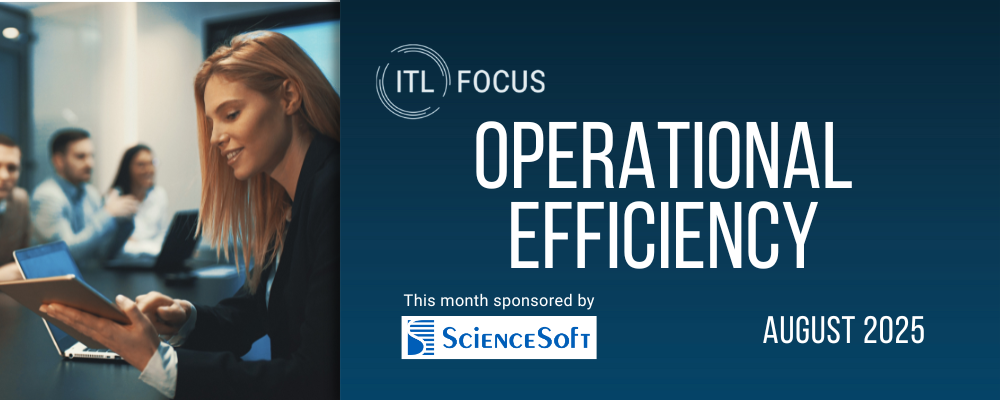Around the holidays, it’s common for families to get in the kitchen together and bake traditional cakes and treats. You don’t have to bake every day to know that if you’re baking a cake and each ingredient is stored in a different kitchen, the chances of making mistakes—missing a step, using the wrong measurement, or leaving something out entirely—are high. Similarly, when financial operations rely on disparate systems, mistakes are guaranteed.
In the insurance industry, managing general agencies (MGAs) and insurers often face similar struggles. Disconnected financial operations and fragmented data lead to inefficiencies, errors, missed opportunities, and bad customer experience. Unifying financial operations (FinOps) onto a single software platform brings financial systems into alignment.
This enables automation in key areas, like invoicing, premium payment, collection, and end-of-month reconciliation. Unified FinOps improve data accuracy, fosters better de-cision-making, and enhances customer satisfaction—and that’s just the beginning.
See also: Steps to Begin Transforming Claims
1. Improves Data Accuracy and Consistency
Imagine if you and your family were trying to bake a cake but all using different measurement systems. One person is using pints and quarts, but another is using liters. What are the odds you’ll get the recipe exactly right?
Today, many MGAs aren’t measuring the same way across different departments, and each of those approaches can be different from broker and insurer partners, leading to miscommunication and confusion. A unified FinOps system means everyone is speaking the same proverbial “language” and using the same measurements. Real-time data updates and automatic validation checks ensure everyone in the organization has access to the same accurate and up-to-date data.
The result? Confidence in financial reporting and regulatory compliance, smoother audits, one-click bordereaux reporting, and no miscommunication about what it all means. Just like with a perfectly baked cake, everything comes together seamlessly.
2. Fosters Better Decision-Making
Imagine trying to execute a complicated recipe with only a list of random ingredients to work from. Flour, eggs, and milk, for example, are the basis of many different things from savory to sweet and everywhere in between. Without the full picture, it’s nearly impossible to figure out whether the desired end result is a quiche or a cake!
Disjointed financial systems create a similar challenge for MGAs and insurers. By moving all FinOps processes onto a single platform, organizations can make sure everyone is working off the same recipe. Financial data from budgeting, forecasting, and billing is centralized and standardized, enabling a clear, real-time view of cash flow and overall fiscal health. With this level of transparency, companies can generate reports and analytics that uncover previously hidden trends.
This holistic perspective also means better risk assessments, sharper underwriting decisions, and more opportunity for strategic planning. Departments can collaborate more effectively, whether they’re navigating underwriting, claims, or finance. The result is not just improved efficiency but smarter, more agile decision-making that keeps the business on course.
See also: 4 Reasons Digital Transformations Are Failing
3. Enhances Customer Satisfaction
No one likes thinking about insurance, it seems, until it is really needed. Customers expect interactions with insurers to be quick, accurate, and hassle-free. This is where unified FinOps makes a noticeable difference. Consider the experience of calling customer service. If the representative has to dig through multiple systems to find relevant policy information; every minute feels like an eternity.
Conversely, a unified platform enables quicker policy adjustments and more efficient handling of customer inquiries. Even better, a truly unified FinOps system lets distribution partners access data on a self-service basis, so it’s not necessary to call in the first place. In a manner of speaking, they can do their own cooking with the ingredients you provide.
Accurate and consistent data management also reduces the likelihood of errors, ensuring customers and distribution partners receive correct information and services without frustration. Faster resolution of customer issues naturally leads to higher satisfaction and builds trust, and in an industry where trust is everything, these smoother interactions can boost a company’s reputation and maybe even improve its Net Promoter Score (NPS). (The industry average NPS for insurers is just 37...yikes!)
Conclusion
There’s no single recipe for success as an MGA or insurer, but unified FinOps can bring the whole kitchen together, offering benefits that extend far beyond the back office. From improving data accuracy and consistency to fostering better decision-making and enhancing broker and customer satisfaction, a unified FinOps platform streamlines operations and empowers companies to deliver exceptional service.
For MGAs and insurers, this kind of alignment is not just a technological upgrade—it’s a strategic advantage that drives growth, strengthens partnerships, and secures a competitive edge in an ever-evolving industry.
Bon appetit!








